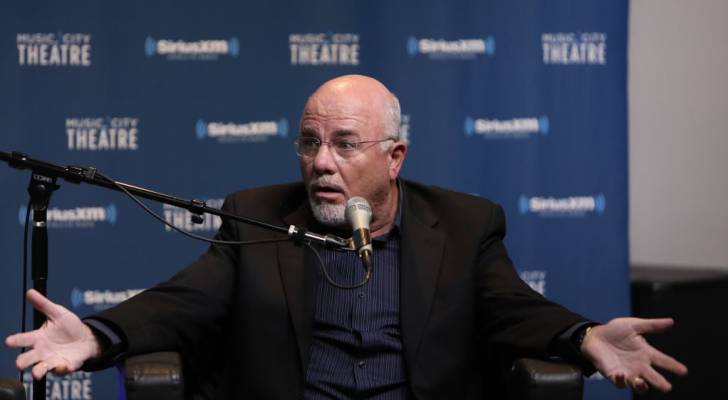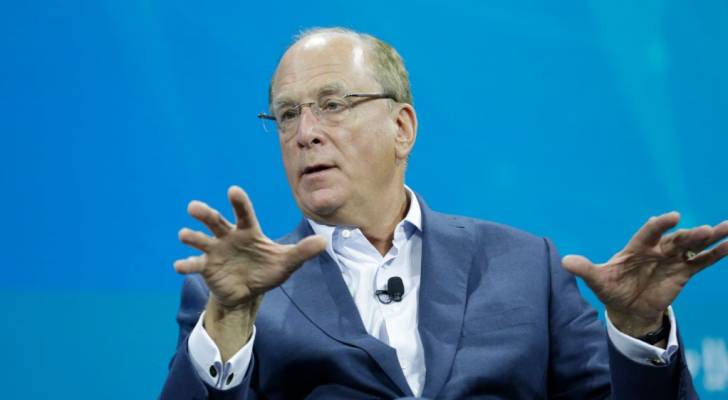Here are 5 big things that disappear after you retire in America — are you ready to lose them all?


We adhere to strict standards of editorial integrity to help you make decisions with confidence. Some or all links contained within this article are paid links. Retirement is supposed to be the reward after decades of hard work. Morning alarms, office politics and exhausting commutes … gone. The idea of finally having full control of […]
I’m 66 years old, retired, and I own a comfortable house in Fort Worth. I have $143,000 in cash that I’d like to invest for my retirement — what should I do with it?


We adhere to strict standards of editorial integrity to help you make decisions with confidence. Some or all links contained within this article are paid links. A comfortable home and a healthy nest egg are crucial for ensuring financial security in retirement. With $143,000 in cash, it’s important to avoid letting it sit idle, as […]
My mom passed away and I was shocked to learn she left me 10 times as much money as I expected in her will. It’s a nice problem to have, but I’m a little lost on how to handle all this cash
We adhere to strict standards of editorial integrity to help you make decisions with confidence. Some or all links contained within this article are paid links. In the next 20 years, Americans will inherit an estimated $72 trillion as boomers pass down their accumulated wealth to younger generations in a phenomenon dubbed the Great Wealth […]
How much cash do you plan to keep on hand after you retire? Here are 3 of the biggest reasons you’ll need a substantial stash of savings in retirement


We adhere to strict standards of editorial integrity to help you make decisions with confidence. Some or all links contained within this article are paid links. During your working years, it’s important to have cash savings for unplanned expenses. These could run the gamut from home repairs to medical emergencies to a period of unemployment. […]
This is the true value of having a fully paid-off home in America — especially when you’re heading into retirement


We adhere to strict standards of editorial integrity to help you make decisions with confidence. Some or all links contained within this article are paid links. There’s great news for America’s homeowners: A growing percentage now own their homes outright. No mortgage, no liens. As of 2024, about 38.8% of owner-occupied homes in the United […]
Americans in their 30s, 40s are finally breaking their way into the 401(k) millionaire club — here’s what they’re doing and why you should start copying in 2025


We adhere to strict standards of editorial integrity to help you make decisions with confidence. Some or all links contained within this article are paid links. Americans think it’ll take $1.26 million, on average, to retire comfortably, according to an April 2025 survey by Northwestern Mutual. And reaching $1 million in retirement savings is a […]
Dave Ramsey just issued a blunt reality check to Americans under 40: ‘If you don’t retire a millionaire, that’s no one’s fault but yours.’ Here’s the math to hit $11,600,000 at 65


We adhere to strict standards of editorial integrity to help you make decisions with confidence. Some or all links contained within this article are paid links. While the headlines have been dominated by a rollercoaster in the stock market, financial guru Dave Ramsey isn’t going doom-and-gloom. In fact, the radio host believes every young American […]
This Detroit man used to sleep in his van — then he took $27 of cleaning supplies and turned it into $1,000,000. Here’s how Mario Kelly got rich (and how you can too, starting with just $100)


We adhere to strict standards of editorial integrity to help you make decisions with confidence. Some or all links contained within this article are paid links. Not so long ago, Mario Kelly was homeless and sleeping in his van in Detroit, parked outside the kind of expensive homes he dreamed of owning one day. Now […]
BlackRock CEO Larry Fink has an important message for the next wave of American retirees — here’s how he says you can best weather the US retirement crisis


We adhere to strict standards of editorial integrity to help you make decisions with confidence. Some or all links contained within this article are paid links. As sage billionaires go, BlackRock chairman and CEO Larry Fink belongs in the same rarefied air as Warren Buffett. And while he probably stopped worrying about his own nest […]
This Florida metro is the foreclosure capital of the US — here’s what is behind the crisis and what you can do to protect your home


We adhere to strict standards of editorial integrity to help you make decisions with confidence. Some or all links contained within this article are paid links. One metro area in Florida has attracted attention as the leader of a particular housing category in the U.S. — but it’s no cause for cheer. The state’s Lakeland […]